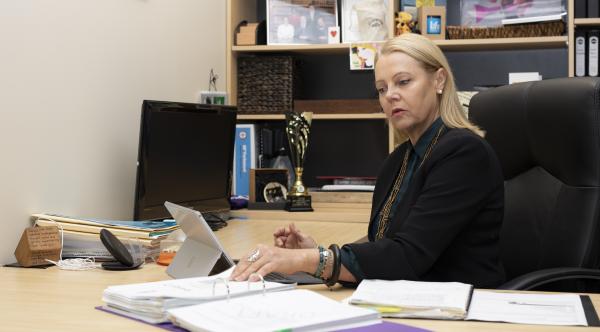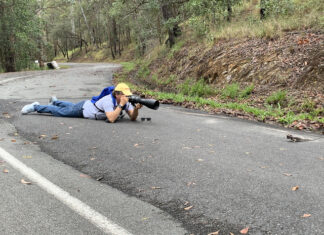Raising conversations that we need to have can be uncomfortable on many fronts, however, should never be seen as divisive. Unity and good outcomes are born from understanding. From all sides of a debate, a hurt, or a viewpoint.
As an ‘Aussie’, I am so proud. When the National Anthem is played, from when I was a youngster at school to right now, a shiver goes up my spine. Why? Because it stirs deep within a sense of belonging. We want and need to be part of a village and a tribe, to have a place called home. And for so many that have come to this country over the last 200 years because of persecution, poverty, war and genocide, being an Aussie is related to hope, freedom and a future. That we have finally built a space that is safe for all, is in vast comparison to what history demonstrated. And we should be proud of that.
There are parts of our history that we are not proud of, as in many countries throughout the world. And this has been acknowledged in many ways, especially to our First Nations people through avenues including reconciliation, restitution, Native Land Titles and now, the Path to Treaty.
Many have asked me the question what this actually means.
Depending on your google search, treaty can be defined as ‘an agreement between states, nations or governments. This can include an agreement between Indigenous peoples and governments. There is no set form for what a treaty with Indigenous peoples should contain’.
Queensland’s Path to Treaty includes the formation of the Parliamentary Friends of First Nations People, and as one of the co-chairs, I want to bring unity on this journey through understanding and empathy. For all sides, and all hurts, to arrive at the united future sought.
The voices that need to be heard includes those who have sacrificed so much that we can be here today to go on that journey together. One example is our fallen and returned service men and women.
As an MP I meet with so many who have suffered. Those who were the ‘Stolen Generation’ or have lived through the ramifications of discrimination. Those who survived prisoner of war camps, and the pogroms where whole families were decimated as part of what was termed the ‘Final Solution’. Those whose mothers or grandmothers were relegated to insane asylums, never seen again, when they suffered post-natal depression. The list goes on of the trauma from past beliefs including when Governments and advocates were trying to do ‘right’, now shown to be wrong.
In every era, we only know what we know. You may say that is no excuse. However how will we be determined in 100 years’ time? It does not mean we should not be proud of who we are today as that will detract from the aim of healing. No one can say that in our histories that there were not hurts perpetrated.
This era is about accepting that there is so much that we do not know, however we are prepared to learn from our combined pasts. That we will finally come together, as what we term very fondly ‘one mob’. And to do so, we need to acknowledge all hurts of those of the human spirit, not segmented by culture, skin colour or socio-economic status.
Path to Treaty is about healing. For all Australians regardless of where we were born, what was perpetrated against us, or what our forebears did. It will not be an easy journey, and requires empathy, and forgiveness.
Indigenous or otherwise, we are all Australian. And efforts that say otherwise, or segment us away from each other, will prevent what we all seek. To be truly one, with a place to call home together.
And we should never be labeled as ‘wrong’ for celebrating being an ‘Aussie’. You cannot fix a wrong, by another wrong.







